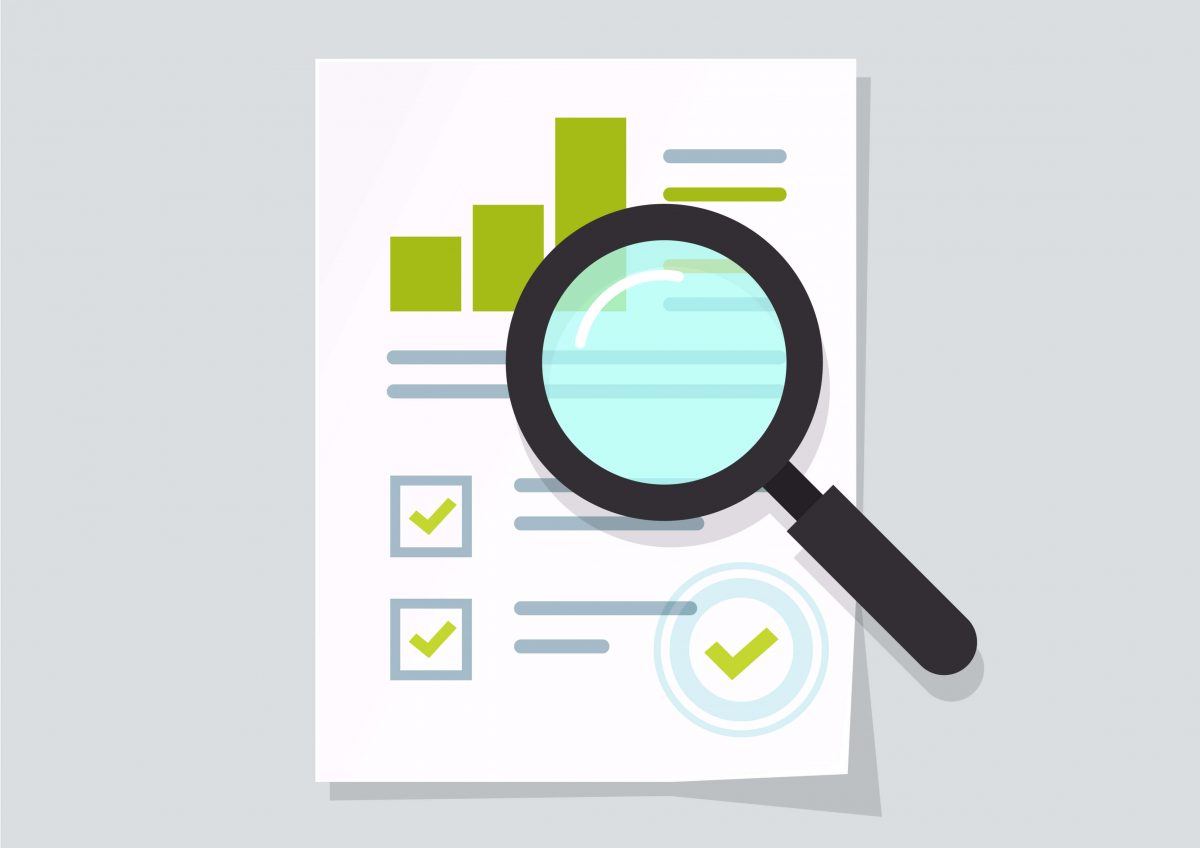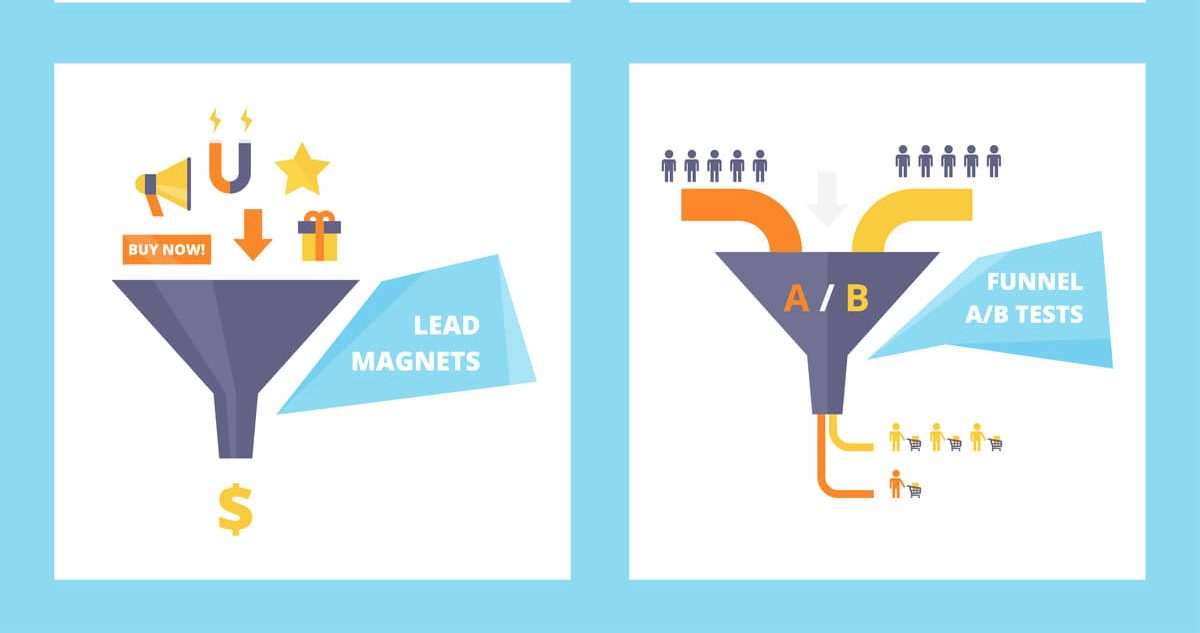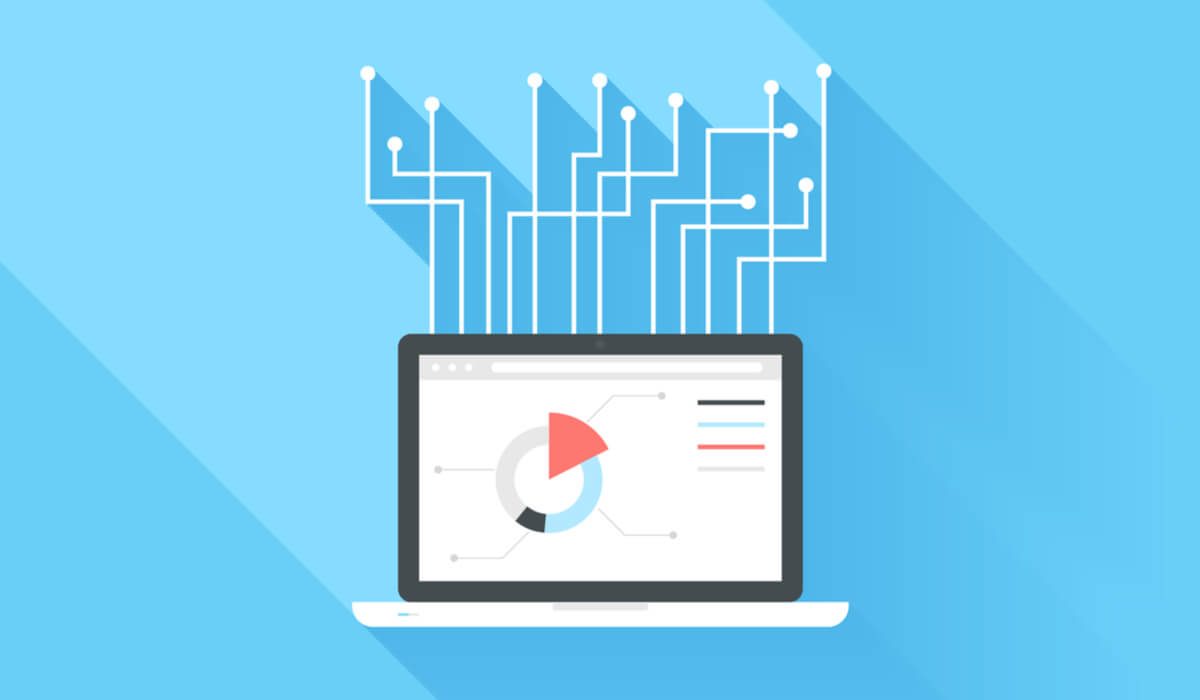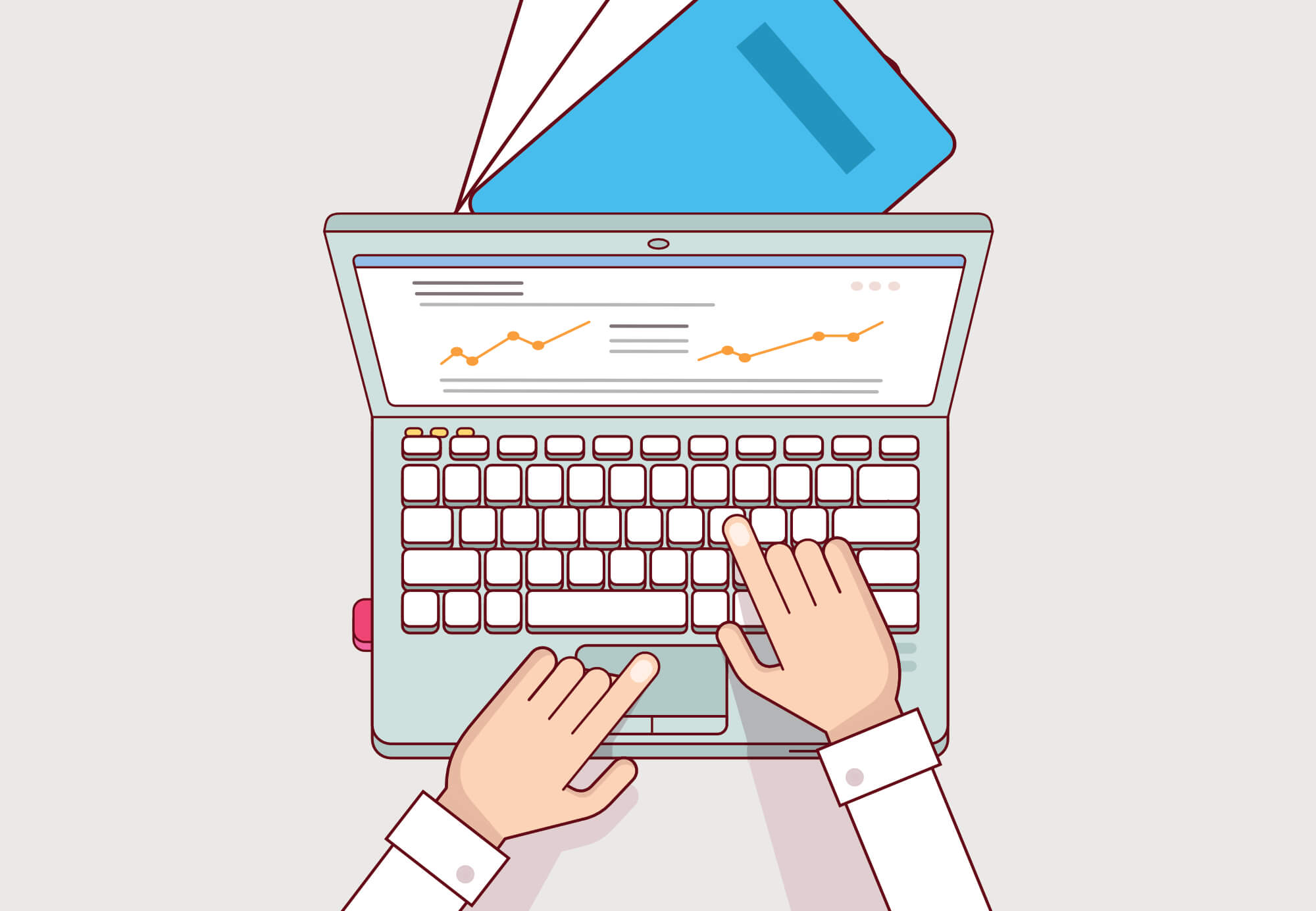Does Analytics intimidate you? Does the huge amount of data and reports on offer overwhelm you? Well it should not any more. Read on as we take you through the understanding of Analytics and tell you how to get maximum mileage out of them.
Analytics is a powerful tool that helps you better understand what is going on in your website. You can not only improve sales with analytics, it can give you a wide range of useful information. Eg. How many visitors are visiting your site? Who are they? How much time they are spending there? Do they come back? Which posts are being read the most? How many people and abandoning their shopping carts midway without completing the transaction etc.
Analysis and dissection of data generated by the reports can help the vendor better understand his customer’s behavior. The trick is to identify which data points are important and use that knowledge to make changes that will have an impact on your bottom line.
Essentially, the more you know what is going on inside and around your business, the better and swifter your decisions for change will be. And this can only be positive for your business! So let’s get going…

Get Comfortable Using Your Analytics Data
The data you have from your store provides valuable insights to growing your business. At its simplest, these can be viewed on a single dashboard which will allow you to monitor the volume of sales transactions on a daily, weekly or monthly basis and thereby track the growth of your business. For data collection, some data analytics tags are incorporated when design website online.
Sometimes you also get the option to view all this information in charts and infographics, which means you can customize your dashboard for the sort of charts or graphs that appeal to you to quickly identify shopping trends and drive sales. The key is to use the right reports and understand the data they produce.
‘Business intelligence’ tools are the ones that can identify customer or product segments that are giving you maximum sales when you sell items online. You use these to understand who your high yielding customers and frequent buyers are and what are they buying. From the sales reports you can tweak your inventory and pricing strategy too.
But wait! There’s much more you can get from these reports too..

Reports and their Implications
In the retail sector, we need to understand the behavior of the shoppers if we want to see growth. So look at your reports to see which are the pages on your site getting the maximum hits and why?
Customize your dashboard to differentiate visitors by geography or even the length of time spent on the site. If you see a lot of traffic/interest from a particular area (say Indonesia), use this data to promote your product by throwing in incentives like “now we ship free to Indonesia”. Gather and cross reference key pieces of data and it will give you valuable insight and edge over your competitors.
Revisit your website periodically and try looking for areas that you think is performing below par. This could be for example ‘abandoned shopping carts’. Take this as your starting point and try to look for answers as to why this is happening and how it can be improved? It is not enough to know that some people made the purchase while the others didn’t. We have to know why they didn’t and then work on resolving the problem.
Looking at the data generated regularly can highlight the problems and therefore make this a priority. It could be something as basic as a higher page load time that directly affects conversions. The page could probably do with some sprucing up or your images might need to be optimized. Once you have incorporated the changes, do the check again to find out if the figures have really improved.

Understanding the Customer Profile
The most obvious data showing up here is a clear indication of which channels/products are working and what is not working or are not profitable. This information helps you reposition the product and make strategic decisions.
While understanding customer profiles, watch out for data on the percentage of repeat visitors to your site. Data on the average number of pages that users navigate, the average time users spent on your site and the bounce rate (percentage of users who visit a page and then leave without taking any action) also tells a story. A high bounce rate is indicative of some problem in your site.
This might be a case of poor design or unmet expectations or even slow page loading time. So, once you know this, it is time to act. Make sure that your website is clear, easy to navigate, has pages that load quickly and gives visitors a good shopping experience.
The percentage of people who visited your website and either signed up or made a purchase gives your conversion rate. Work on improving this if it the percentage is low.
Also, as you grow your business make sure that there is a steady growth in the number of transactions. Selling more items or higher priced products will also help to improve your company’s revenue. Keep this in mind as you work out your sales strategy.

Understanding your Funnel
Reports/ Data also help in better understanding the Funnel. This means, it helps you understand at what stage of the transaction process and what percentages of your customers are dropping off? And more importantly, why? Based on this you can make the necessary improvements to your website, product or even payment gateway.

Keeping Track of all Traffic to your site
The reports generated give clear data on the kind of traffic that your site is receiving. Usually traffic is categorized into four groups – Search (from search engines like Google), Referral (from another website via links on another webpage), Campaign (marketing activity mostly created by your own company) and Direct (from unknown source eg a bookmark or a PDF document).
Tagging each post can help split the results and give you indications on the best areas to focus your energy and resources on.

Making Marketing more efficient and effective
Real time dashboards that you can customize help to take the guesswork out of market trends and campaign performance. For example, data on the overview of traffic to the site or which page is getting the most hits can help to focus on your profitable areas along with improving those that are not doing so well. Find out what are the most popular posts and create more content like that.
It is important to making your marketing spend efficient and effective. For this you need to know your audience well. How much traffic are you getting on your blog and where is the traffic coming from? Is it through an organic search, or through Facebook and Pinterest? Knowing this will determine how you should be delivering your content. Eg. If your buyer is spending more time on Facebook than Pinterest, you should know how to leverage Facebook for growth rather than the other way around. This can help you in focusing your marketing efforts in the right direction for your brand.
Once you have a clearer picture of which marketing activities and campaigns are working well and what are not, you can save precious resources by focusing on the right ones and tweak others.
Other reports generated on your dashboard can indicate the technology/devices (desktops or mobiles) being used by customers to browse or even buy from your site. Such insights will allow you to have the right kind of images and the right copy that can help you improve the shopping experience of this target audience.

Different kind of Analytics Data
In an attempt to familiarize you with the world of analytics, we have mostly focused on Descriptive analytics with simple reports and dashboards and their implications. But apart from this, we can also have Predictive Analytics (using past data to predict the future) and Prescriptive Analytics (that creates recommendations and helps in decision making). These can also be used to your advantage in making business decisions as you become comfortable with this amazing tool.
In Conclusion
A common perception is that big organizations make the most of the huge data available enabling them to take better decisions. But as we have shown above, small and medium businesses can also use these tools effectively to better their growth and bottom line.
Keep in mind however that it is not a one-off exercise. To make the most of such analysis, it needs to be a continuous process of asking questions and looking for answers. Be ready to dig deep beneath the surface of the reports. Basically, you need to incorporate your data into the decision-making process of the company and verify the changes. Understanding and analyzing and acting upon data play a huge role in this….hence Analytics!!!
Get better help with analytics tools when you are starting an online business with Shopmatic.com.


